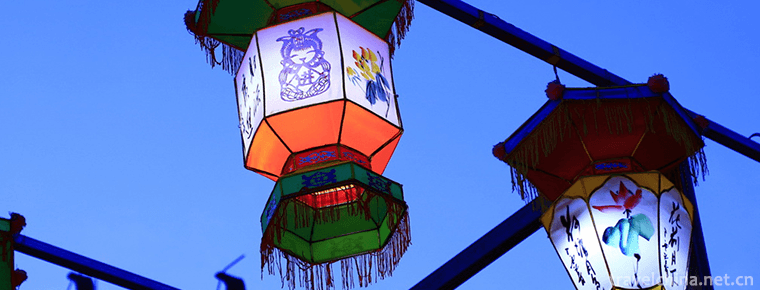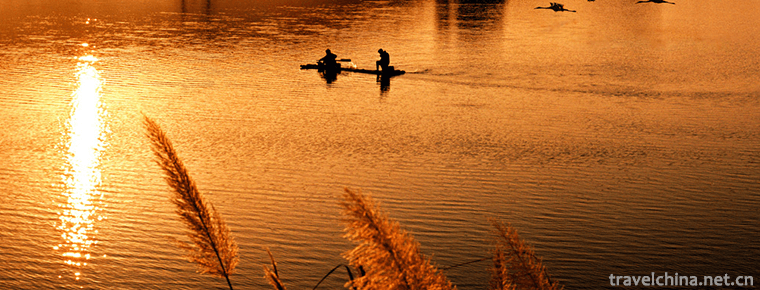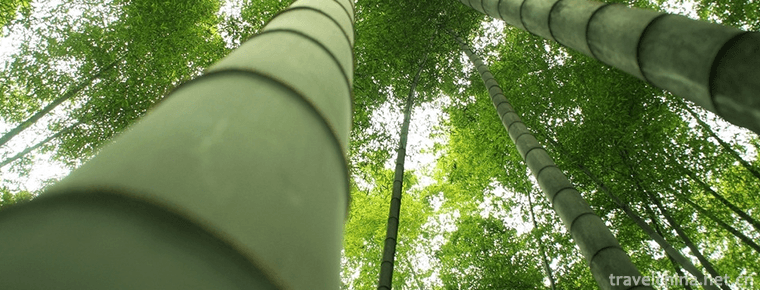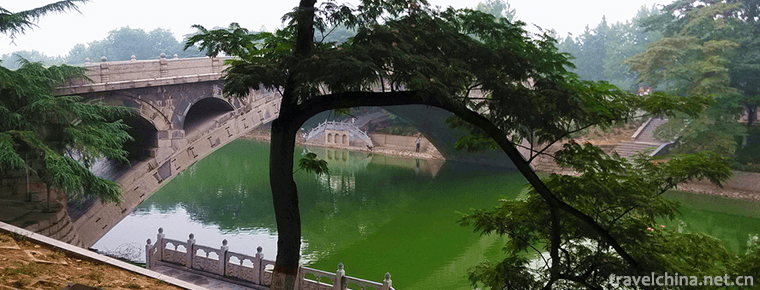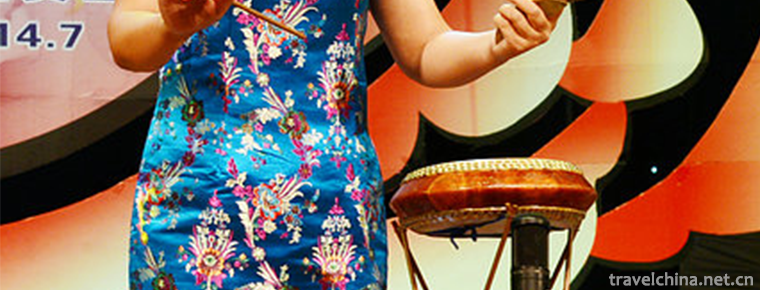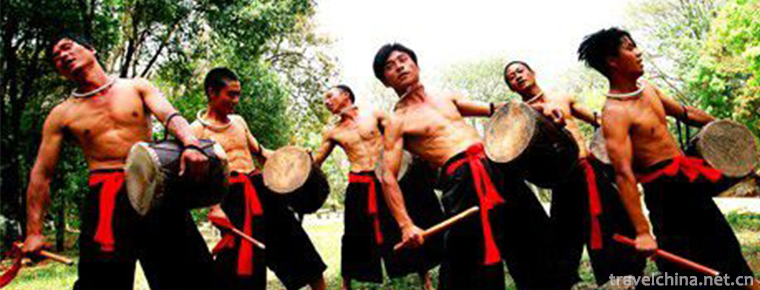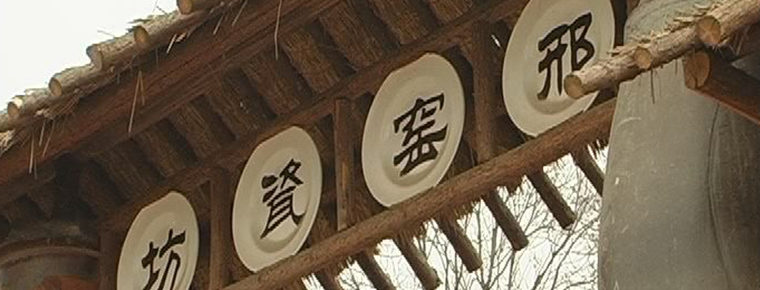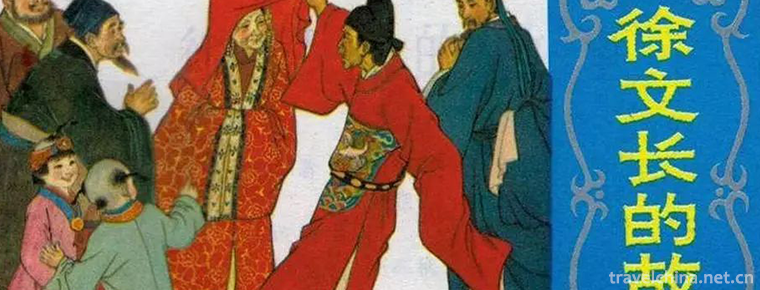Jiang Lang Shan
Jianglangshan, formerly known as Yulangshan and Jinchunshan, is located in Shimen Town, Jiangshan City, Quzhou City, Zhejiang Province. In August 2010, Danxia China was listed on the World Natural Heritage List as one of a series of nominated sites.
Jianglangshan Scenic Spot is a national key scenic spot and a national 5A scenic spot. It is composed of Sanyashi, Baqu, Tashan, Niubeifeng, Xunu Lake (formerly known as Qinglong Lake) and Xianju Temple. It covers an area of 11.86 square kilometers. The type of scenic spot is mainly natural landscape, but also rich in human landscape.
Jianglangshan is famous for its magnificent and peculiar "three pillars" in the world. It has the first exotic peak of Danxia in China, the first line of sky in the whole country, the naturally created great peak, the dangerous and steep Langfeng tianyou, Kaiming Zen Temple in the Millennium Ancient Temple, Jianglang Academy in the Millennium Academy, the largest Mao Zedong calligraphy body in the country, such a delicate cliff stone carving of Jiangshan. There are more than 100 scenic spots such as "Yanxia Pavilion".
Jianglangshan, located in Shimen Town, 25 kilometers south of Jiangshan City, Zhejiang Province, is a national scenic spot and one of the few world natural heritage sites in China. The main body of the mountain is three giant rocks soaring into the clouds. It is said that in ancient times, three brothers surnamed Jiang climbed to the top of the mountain and became three giant rocks, so they are also called Jianglang Mountain. Three huge stones rose to the sky, more than 360 meters high. Like a stalagmite pillar, shaped like a knife and axe, from north to south in the shape of "Chuan", the order is: Langfeng, Yafeng, Lingfeng, people call "Sanbaishi", Jianglang Mountain Langfeng, elevation data: 816.8 meters , by Chinese and foreign tourists known as "the first peak of Danxia in Shenzhou". On the cliff of Langfeng, Zhan Ruoshui, an agent of Ming Dynasty, inscribed the four words "standing on a wall with a thousand spans".
Jianglang Mountain not only gathers rocks, caves, clouds and waterfalls in one hill, but also gathers strange, dangerous, steep and steep stones. It is magnificent and magnificent. It is also vast in mountains, verdant in forests, hidden Longtan in caves, running tigers in springs and streaming tigers, and beautiful scenery. Whenever the clouds and mists are diffuse, the haze is confused, the sunshine and the land are separated, the sky and the mountains are always congealed, and the clouds and peaks are merged into one. No wonder Bai Juyizan, a poet of the Tang Dynasty, said, "An De Sheng has wings in his body and is drunk with the king." The geographer Xu Xiake wrote about Jianglang Mountain three times when he visited Jiangshan. He compares Jianglang Mountain with Yandang Mountain, Huangshan Mountain and Dinghu Peak, and praises Jianglang Mountain as "strange", "dangerous" and "god". The scenery of Jianglang Mountain has fascinated many Chinese and foreign tourists. Jianglangshan is known as "the most magnificent world, the most beautiful southeast of Jiajia". It has the first Qifeng of Danxia in China, the most naturally created great peak in the whole country, the most dangerous and steep Tianyou of Langfeng, the Kaiming Zen Temple of the Millennium Ancient Temple, the Millennium Academy of Jianglang Academy, and the cliff topic of "Jiangshan is so beautiful" as the largest Mao Zedong handwriting style in China. Scenic spots, such as carved natural scenery and human monuments.
In addition, Xiake Tour, Dongyan Zhonggu, Shimen, Xianju Temple Jianwaterfall, Fugaishan, Jingxing Mountain, Xiali Lake, Xujiang Yaochi, Bitoufeng, Conch Peak, Langfeng Xiandao, Stone Gap Miracle, Natural Chinese Painting, Danxia Chibi, Food Street, Langfeng Tianqiao, Linjiang, Moon Lake, Dongtianshuxing, Kaiming Zen Temple, etc. They also do their best. For thousands of years, many eminent scholars have left a large number of traces for Jianglang Mountain, such as Mohist poets Zhu Xi, Bai Juyi, Lu You, Xu Xiake, Yu Dafu and so on, which add rich cultural connotations to Jianglang Mountain.
Jianglangshan has convenient transportation, rich specialties and complete accommodation facilities. Jianglangshan Villa is welcoming visitors from all directions with brand-new features and excellent service. Nowadays, Jianglang Mountain has become a famous tourist attraction with fast and convenient transportation, which has become a complete set of "eating, living, traveling, traveling, shopping and entertainment". It attracts numerous visitors to visit Jianglang Mountain and enjoy the beautiful scenery of its magnificent shore.
Jianglangshan, formerly known as Yulangshan and Jinchunshan, is located in Shimen Town, Jiangshan City, Quzhou City, Zhejiang Province. In August 2010, Danxia China was listed on the World Natural Heritage List as one of a series of nominated sites.
Jianglangshan Scenic Spot is a national key scenic spot and a national 5A scenic spot. It is composed of Sanyashi, Baqu, Tashan, Niubeifeng, Xunu Lake (formerly known as Qinglong Lake) and Xianju Temple. It covers an area of 11.86 square kilometers. The type of scenic spot is mainly natural landscape, but also rich in human landscape.
Jianglangshan is famous for its magnificent and peculiar "three pillars" in the world. It has the first exotic peak of Danxia in China, the first line of sky in the whole country, the naturally created great peak, the dangerous and steep Langfeng tianyou, Kaiming Zen Temple in the Millennium Ancient Temple, Jianglang Academy in the Millennium Academy, the largest Mao Zedong calligraphy body in the country, such a delicate cliff stone carving of Jiangshan. There are more than 100 scenic spots such as "Yanxia Pavilion".
Jianglangshan, located in Shimen Town, 25 kilometers south of Jiangshan City, Zhejiang Province, is a national scenic spot and one of the few world natural heritage sites in China. The main body of the mountain is three giant rocks soaring into the clouds. It is said that in ancient times, three brothers surnamed Jiang climbed to the top of the mountain and became three giant rocks, so they are also called Jianglang Mountain. Three huge stones rose to the sky, more than 360 meters high. Like a stalagmite pillar, shaped like a knife and axe, from north to south in the shape of "Chuan", the order is: Langfeng, Yafeng, Lingfeng, people call "Sanbaishi", Jianglang Mountain Langfeng, elevation data: 816.8 meters , by Chinese and foreign tourists known as "the first peak of Danxia in Shenzhou". On the cliff of Langfeng, Zhan Ruoshui, an agent of Ming Dynasty, inscribed the four words "standing on a wall with a thousand spans".
Jianglang Mountain not only gathers rocks, caves, clouds and waterfalls in one hill, but also gathers strange, dangerous, steep and steep stones. It is magnificent and magnificent. It is also vast in mountains, verdant in forests, hidden Longtan in caves, running tigers in springs and streaming tigers, and beautiful scenery. Whenever the clouds and mists are diffuse, the haze is confused, the sunshine and the land are separated, the sky and the mountains are always congealed, and the clouds and peaks are merged into one. No wonder Bai Juyizan, a poet of the Tang Dynasty, said, "An De Sheng has wings in his body and is drunk with the king." The geographer Xu Xiake wrote about Jianglang Mountain three times when he visited Jiangshan. He compares Jianglang Mountain with Yandang Mountain, Huangshan Mountain and Dinghu Peak, and praises Jianglang Mountain as "strange", "dangerous" and "god". The scenery of Jianglang Mountain has fascinated many Chinese and foreign tourists. Jianglangshan is known as "the most magnificent world, the most beautiful southeast of Jiajia". It has the first Qifeng of Danxia in China, the most naturally created great peak in the whole country, the most dangerous and steep Tianyou of Langfeng, the Kaiming Zen Temple of the Millennium Ancient Temple, the Millennium Academy of Jianglang Academy, and the cliff topic of "Jiangshan is so beautiful" as the largest Mao Zedong handwriting style in China. Scenic spots, such as carved natural scenery and human monuments.
In addition, Xiake Tour, Dongyan Zhonggu, Shimen, Xianju Temple Jianwaterfall, Fugaishan, Jingxing Mountain, Xiali Lake, Xujiang Yaochi, Bitoufeng, Conch Peak, Langfeng Xiandao, Stone Gap Miracle, Natural Chinese Painting, Danxia Chibi, Food Street, Langfeng Tianqiao, Linjiang, Moon Lake, Dongtianshuxing, Kaiming Zen Temple, etc. They also do their best. For thousands of years, many eminent scholars have left a large number of traces for Jianglang Mountain, such as Mohist poets Zhu Xi, Bai Juyi, Lu You, Xu Xiake, Yu Dafu and so on, which add rich cultural connotations to Jianglang Mountain.
Jianglangshan has convenient transportation, rich specialties and complete accommodation facilities. Jianglangshan Villa is welcoming visitors from all directions with brand-new features and excellent service. Nowadays, Jianglang Mountain has become a famous tourist attraction with fast and convenient transportation, which has become a complete set of "eating, living, traveling, traveling, shopping and entertainment". It attracts numerous visitors to visit Jianglang Mountain and enjoy the beautiful scenery of its magnificent shore.
September 28, 2013: Opening of Jianglangshan Quzhou International Tourism Festival, China
September 28, 2013: American wingsuit flyer, the world's top wingsuit flyer Jeb Chris successfully flew across Jianglangshan. Hunan Satellite Television Live Broadcast
September 28, 2013: Jianglangshan and Taiwanese Riyuetan successfully paired
In 2009, Zhang Jizhong selected Zhang Jizhong as one of the six major scenic spots of Zhang Jizhong's Journey to the West, and Netease held a campaign to recruit spokespersons for Jianglangshan scenic spot. At last, Zhou Junjia, a newcomer from the mainland, won the championship with absolute advantage, and won the honor of spokesperson for Jianglangshan scenic spot's tourism image.
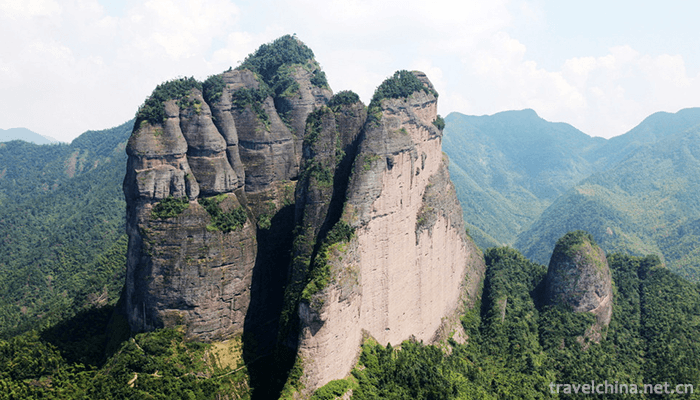
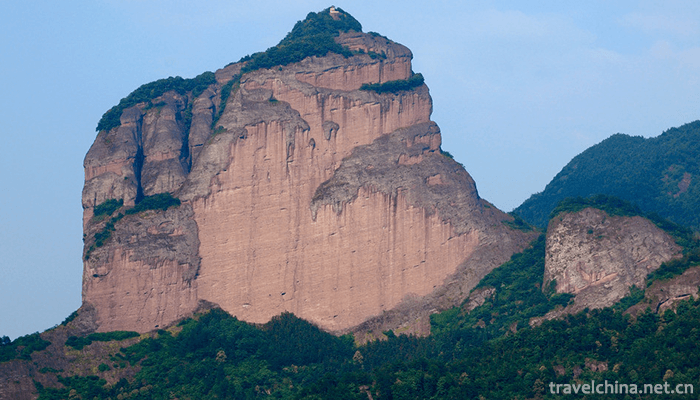

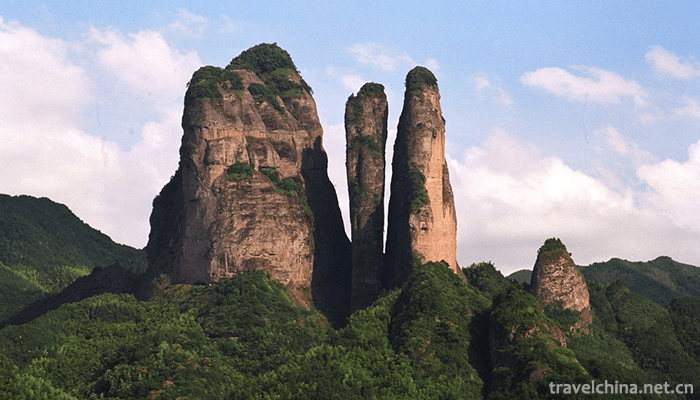
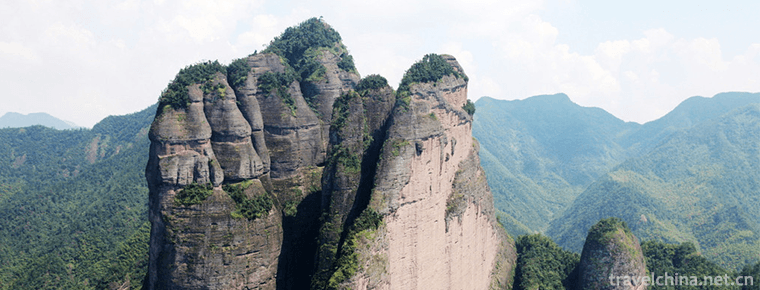
Jiang Lang Shan
-
Jiuizi Scenic Spot
Yuuzi Square is located in the Central District of Wuhu City. The square covers a total area of 678,800 square meters and its spatial structure is changeable. Priority is distinct and rhythmic
Views: 126 Time 2019-01-29 -
Poyang Lake National Nature Reserve
Jiangxi Poyang Lake National Nature Reserve is located in the north of Jiangxi Province. It is a nature reserve for wildlife protection. The main protected objects are rare migratory
Views: 214 Time 2019-02-07 -
Bamboo Sea Scenic Spot in Southern Sichuan
The bamboo sea in southern Shunan, formerly known as Wanlingqing, is located in the remnants of the southern Tianshan Mountains adjacent to Yibin
Views: 370 Time 2019-02-08 -
Zhaozhou Bridge
Zhaozhou Bridge, also known as Anji Bridge, is situated on the Juanhe River in Zhaoxian County, Hebei Province. It spans more than 37 meters across the river. Because all the bridges are built of ston
Views: 222 Time 2019-03-17 -
Leting drum
Music Pavilion Drum is a representative form of traditional music drum book and drum music in northern China. It is widely spread in eastern Hebei, Beijing, Tianjin and northeastern Liaoning, Jilin, H
Views: 301 Time 2019-05-11 -
Drum dance
Hani rhythm and drum dance is a kind of sacrificial dance of Hani people on the traditional festival "Onmatu". The dance is vigorous and bold, vigorous, simple and free, showing the same per
Views: 72 Time 2019-05-23 -
Woodbugle
Forest chant is a traditional folk song in Northeast China. It is a kind of song sung by woodcutters who are engaged in carrying wood in the forest. As the saying goes, "trumpet". At present
Views: 105 Time 2019-06-12 -
Sintering Techniques of Xingyao Ceramics
Xingyao firing technology is a local traditional handicraft in Hebei Province. Xing kiln is a famous northern kiln in China. As early as the Northern Dynasty, Xing kiln began firing celadon and a smal
Views: 249 Time 2019-07-08 -
Xu Wenchangs Story
The story of Xu Wenchang takes the history of the middle and late Ming Dynasty as the background. From the legend story of Xu Wenchang's youth, "Taking things from the pole", it has been tol
Views: 161 Time 2019-07-09 -
Civil Aviation Flight University Of China
The school is directly under the Civil Aviation Administration of China. Its predecessor was established in May 1956 with the approval of Premier Zhou Enlai. Chairman Mao Zedong appointed the aviation
Views: 196 Time 2019-08-31 -
China University Of Geosciences
China University of Geosciences is known as "Da Da". Ministry of Education of the People's Republic of China Directly under National Key Universities It's the state. 211 Project ","
Views: 194 Time 2019-12-08 -
Yulei mountain
Yulei mountain, according to the original note of "Mian County" in the book of geography of Han Dynasty, "the water of Yulei mountain flows from southeast to Jiangyang and enters into the river." In Shuo Wen, the word "Yu" is written as "the water flows out of Sichuan county, Mian Yu Lei, Shandong Province, and enters the river in the south of Shandong Province
Views: 417 Time 2020-11-08
